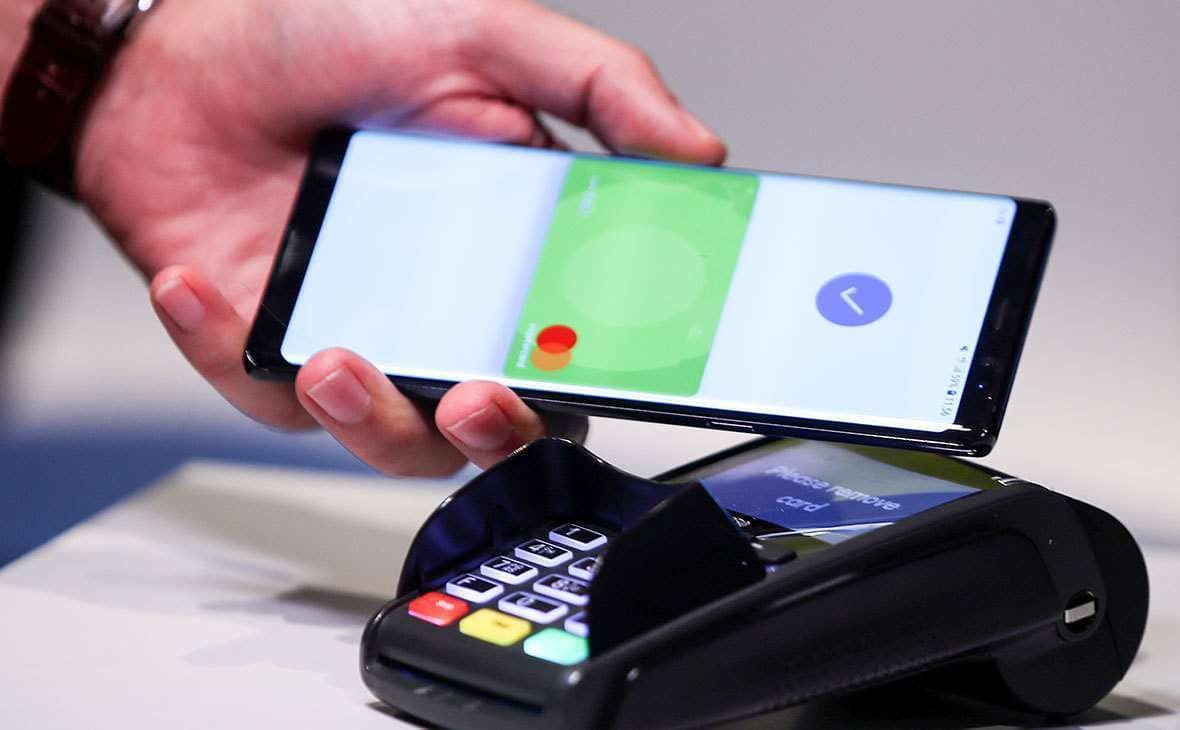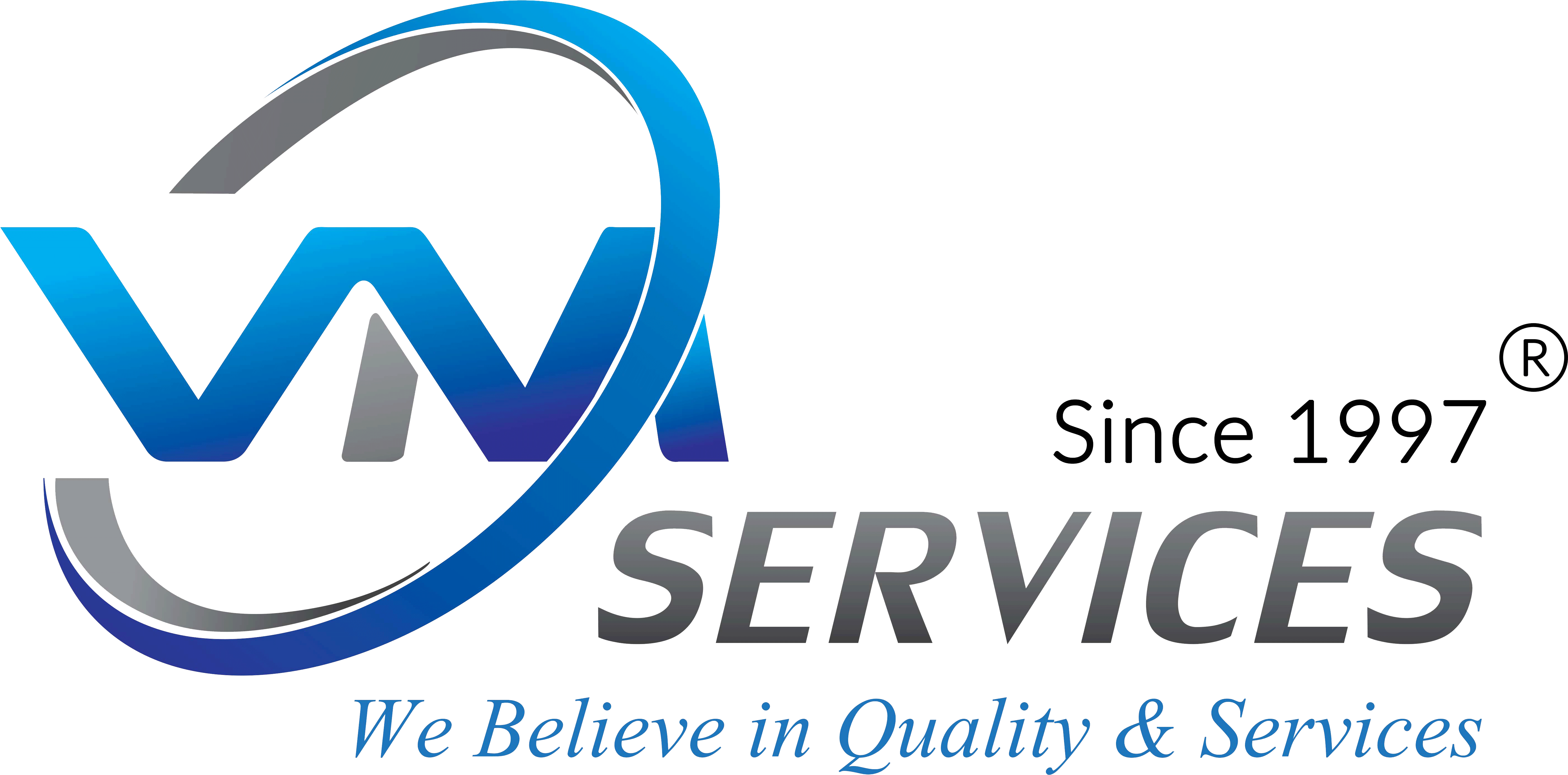Content
Today’s customer might raise an issue in one channel — say, Twitter — and then switch to email or telephone to resolve it in private. A CRM platform lets you manage the inquiry across channels without losing track, and gives sales, service, and marketing a single view of the customer to inform their activities. The ability https://xcritical.com/ to connect these three functions, and the teams that deliver them, on one platform and with one view to the customer, is invaluable for delivering relevant, connected experiences. A CRM strategy is a company-wide plan to increase revenue and improve customer relationships using specific actions and technology.

This CRM tool centralizes the data you need for marketing to individual contacts—from their name and title to their phone number and whether they’ve been contacted as part of your marketing campaign. Once you’ve finished all of the work that comes before what Is CRM strategy implementing a CRM strategy, you’re ready to create one for your business. Below are some examples of popular and effective strategies that you can use as a starting point. You can always customize or tweak a strategy to better fit your business.
Keeping track of leads can often be tedious if you’re still relying on spreadsheets or other incompatible tools. The lead management Opens a new windowfeature gives you an overview of your leads with their status, lead score, etc. By clicking on an entry, you can view their profile, recent activities on your website, prior communication, complaints, and so on. System enables you to track the customer journey through activities such as contact management, lead generation, lead scoring, and marketing automationOpens a new window. Bring in the new tool and let staff explore how it works, what it offers, and how it will change current processes. This last point is the most critical — process familiarity plays a large role in determining which tools are used and how.
Identify And Categorize Leads.
It can, for example, track leads from acquisition to closing, conversion rates, customer retention, sales forecasts and customer turnover. Then, analytics tools within your CRM software create real-time reports on overall trends. In doing so, you learn what your company is doing well and areas that are ripe for improvement across your customer journey. A CRM system helps businesses organize and centralize their information on customers, allowing for easier access and customer support. Businesses use CRM systems to optimize sales and marketing and improve customer retention.
If your CRM (and customer experience!) gap is a long sales process causing leads to feel that your business doesn’t understand their pain points or can’t help, start with why. Work to understand your customers better and develop comprehensive buyer personas. The future of CRM is about connecting all of your departments around the customer in a more holistic way.
The first 30 days of the trial version lets you maintain unlimited leads, deals, and contacts. Gamified and intuitive,Zurmois easy to use and modify, manages contacts and amicably takes on sales pipeline and reporting features. OroCRMhas a reputation as being the most flexible open-source software in its category. It’s based on the Symfony2 PHP framework for web development, which is widely used and well-liked. Insightly has an equally useful desktop and mobile app, Kanban sales pipelines, custom reports, and a bevy of dashboard options. T’s built for enterprise-size sales and relationship management, but that said they do offer a free-for-two-users option caters to startups as well.
Salesforce
Marketing tasks that operational CRMs help to automate include designing, distributing and tracking email campaigns and sequences. The trial version allows for unlimited contacts and up to 100 MBs of document storage. It includes core features like sales automation and customer service, as well as contact and lead management tools and which aims to keep on the ball with sales, suppliers, and everyone else. Marketing and sales features are bundled separately from customer service. Social Studio comprises social media sales and marketing, and Social Customer Service covers the customer specifics. Fortunately, it’s pretty straightforward to navigate between both platforms and share information.

CRM software allows your internal teams to gain a 360-degree view of your customers and leads. With this view, you can create a personalized customer and lead journey that closes more sales. To choose the right CRM for your company, look at your team’s goals and budget, then choose features that align with them.
What do people mean when they say CRM?
Ideally, you’ll develop this strategy prior to purchasing your CRM software. This will allow you to choose the tools, capabilities, and price point that’s best for your business. You’ll receive data on their conversion rates, average deal size, time to close, and much more. Every moment your salesforce spends on administrative tasks is time away from prospects.
- The data management in CRM software allows each department to work together.
- If you’ve already created your CRM strategy and want to invest in a CRM, make sure you’re choosing the right CRM for your business.
- Buying customer relationship management software will only take you halfway to the finish line— a clear strategy will take the soft skills of your customer service teams to the winner’s pedestal.
- With a Sales CRM, you’ll be able to see where a customer is in the sales cycle, and nurture leads by targeting them with relevant, individualized information.
- When you put yourself in your customer’s shoes, you’ll know right away what your team should be doing better.
- That means you can not only run multiple sales pipelines and workflows on-the-go but also engage customers one-on-one.
A CRM system manages all your contacts and aggregates lead and customer information to build profiles of everyone you interact with. This gives you easy access to important information to better understand customer behavior like purchase records and previous communications with contacts across different channels (chat, email, etc.). Customers won’t have to repeat their stories over and over to you, and you’ll be able to address issues with best practice and less effort for improved customer loyalty. A CRM gathers customer interactions across all channels in one place.
Customer Service Professionals
Measuring B2B marketing success requires choosing relevant KPIs that can be tracked consistently, in real time and, best-case scenario, automatically with software. Frequent monitoring is also important to ensure that performance is going in the right direction and, if not, to inform when adjustments need to be made. Offer data management, customer acquisition, and retention activities through data mining, sales forecasting, conversion attribution, etc. Enables business owners and salespeople by helping them streamline the sales process, improve interdepartmental collaboration, and maintain business relationships.
What Is a CRM Strategy? Definition, Examples, and Strategy: https://t.co/auxc9BjPj1 via @pistakkiomktg #seo #sea #sem #ppc
— Pistakkio Marketing – SEO, SEA, SEM & PPC 🇺🇦 (@pistakkiomktg) December 20, 2022
It reveals patterns your internal teams can use to improve the customer journey. Your CRM will automatically update data and metrics, ensuring you have a complete, reliable portrait of your business. Analytic tools can offer insights on user interface and help you improve customer experience, increasing your bottom line. CRMs can improve your marketing campaigns with powerful analytics and collaborative tools for visibility across your team. Analytical tools can find meaningful patterns for actionable insights, letting you run effective, targeted ads through marketing automation. The platform’s communications toolkit includes complete phone, chat, email, and video features.
What Is a CRM Strategy? Definition, Examples, and Strategy
In the meantime, I will find ways to handle the customer queries in a paced manner. I want to reduce the response time from 2 minutes to 30 seconds, within this business quarter. Without further ado, here is a 5-step guide to developing a working CRM strategy. You may have multiple buyer personas and each of them will see the campaign that resonates with their needs. Segmenting your audience regarding their similarities makes it also possible to alter your strategy for diverse markets.

If you find that your teams are doing the same tedious and repetitive tasks, it’s likely that there’s a way you can automate them. A CRM system can likely take over some of the administrative work that comes with managing a sales pipeline and customers. Freeing up time for your sales, marketing and customer service teams will enable them to focus on other more important duties. Marketers use many KPIs to measure how well they’re meeting their goals.
Reasons Why You Need a CRM
Delivering tailored messaging to each customer is a great way to make your relationship stronger. Use the data and resources you’ve collected on each customer to inform which kinds of communications need to go out to which audiences. Cleansing and auditing your customer list can be the difference between sending an unintentionally insensitive email versus not. To avoid a potential PR disaster, aim to scrub your list on a regular basis of customers with low engagement, as well as those who have recently canceled or gone dormant. Doing so will keep both your database and communications more accurate—a win-win.
Small Business
Rewarding your loyal customers with offers is a very good strategy to ensure that the customer continues using your product. These are usually your most active users who always give you an honest feedback and advice on new functionality to be added. As a thank you for their contribution and being with you for a long time, offer them some special conditions. SWOT analysisAnalyse how the leads get into the pipeline, how your marketing team passes leads to the sales team, and what happens with the deal once it moves to the stage ‘Won’.
Studies show that nearly 54% of Americans read product reviews for all of their purchases. Customers who receive value enhancement during a service experience are 86% likely to renew or repurchase. The buyer journey is the process during which a prospect becomes a customer. If you stumble, find documentation is incomplete, or have to freelance/skip a few steps, that is an obstacle.
During this stage, you’ll want your marketing efforts to educate your customers about your business and what it offers. Your CRM strategy can help you craft messaging for your campaign. And your CRM tool’s automation can increase the effectiveness and timeliness of that communication. With the ability to track everything your customers do and every interaction they have with your business, you can provide them with a better and more personalized experience. With reduced up-front costs and consistent, predictable pricing over time, cloud CRM can be very cost-effective in terms of capital outlay.
In other words, every functionality of your CRM system is linked to a part of your sales process. For example, you may use sales sequences capability to run your follow-up email journeys or CRO to scan your website to analyze visitor activities. In fact, 73% of customers say customer experience is an important factor they consider as they make purchasing decisions. Kelly is an SMB Editor specializing in starting and marketing new ventures. Before joining the team, she was a Content Producer at Fit Small Business where she served as an editor and strategist covering small business marketing content.
